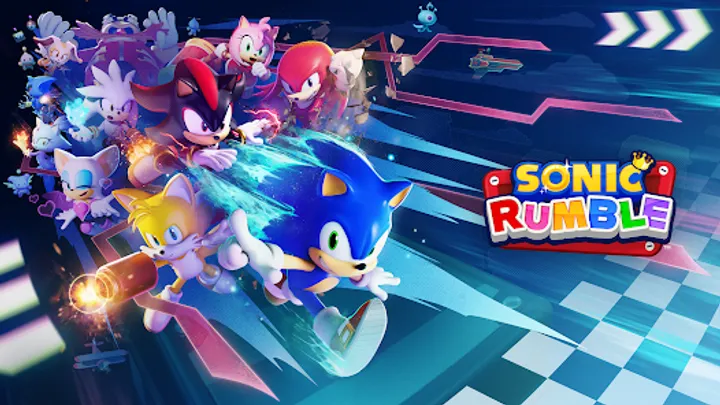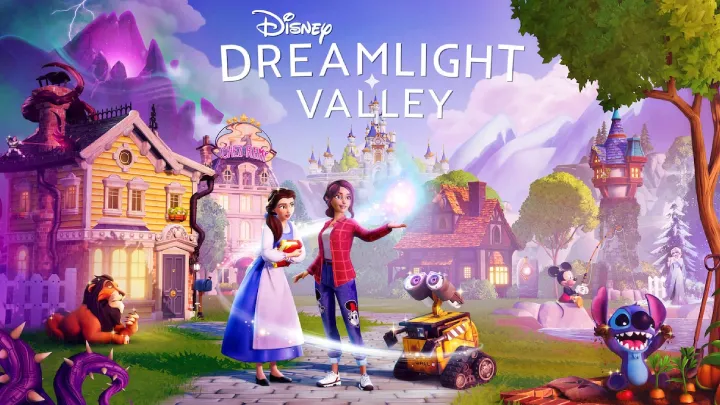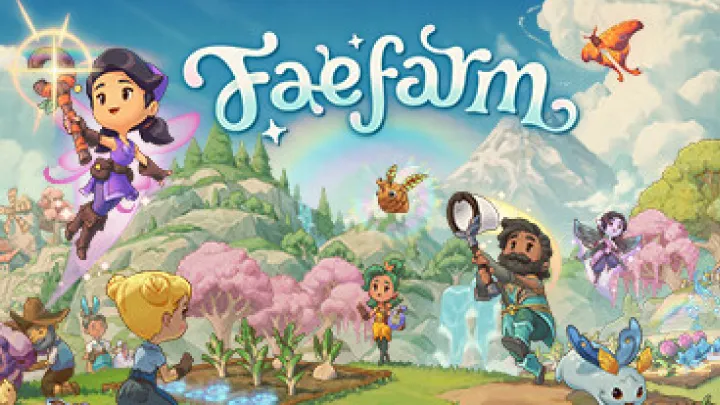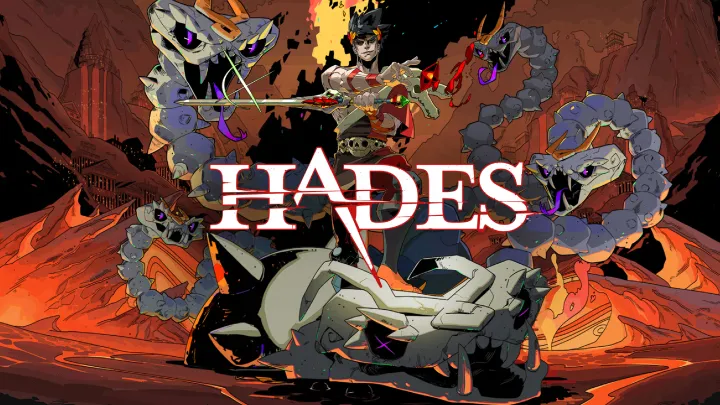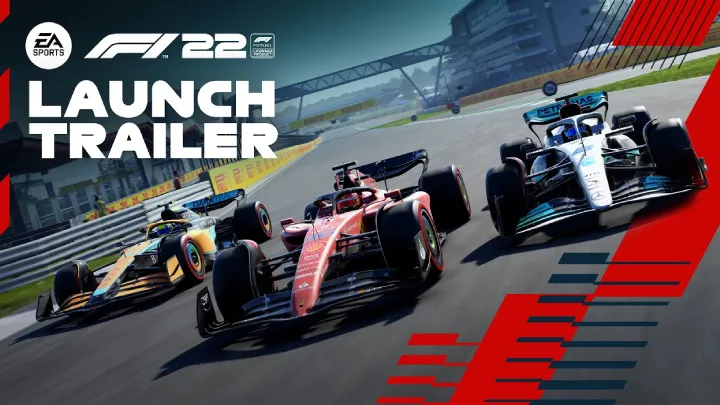
Introduction
F1 2022 takes players beyond the racetrack, immersing them in the high-stakes world of Formula 1 racing, which integrates seamless gameplay with intricate team dynamics and management mechanics. The game captures not only the adrenaline of racing but also the strategic elements of running a successful team throughout a season. In this context, the exploration of team dynamics offers tremendous insight into how cooperative strategies and interpersonal relationships can dictate success on and off the track. This article delves deeply into the various aspects of team dynamics present in F1 2022, focusing on issues such as team-building, driver relationships, resource management, and strategic decision-making, all of which contribute to a compelling experience that parallels real-world Formula 1 scenarios.
The Foundations of Team Dynamics
Understanding Team Composition
Building a successful Formula 1 team in F1 2022 begins with the meticulous selection of drivers and staff. Players can select their teammates among a roster of established F1 drivers, each with unique attributes and personality traits. The dynamics between the chosen driver and their teammate can significantly impact the entire season's performance.
The foundational aspects of team composition include:
- Driver Skill Sets: Different drivers exhibit unique ratings in attributes such as skill, experience, and adaptability. Selecting a driver whose skill set complements existing team strengths is crucial for achieving optimal results.
- Staff Roles: Aerodynamicists, engineers, and strategists play critical roles in enhancing car performance. Players must evaluate these positions based on their career experience, technical abilities, and fit within the team culture.
This methodical approach to team composition sets the stage for exploring more complex dynamics throughout the racing season.
Building Team Culture
Creating a successful team in F1 2022 involves cultivating an effective team culture that promotes collaboration among drivers and staff. Team culture encompasses communication, shared goals, and an understanding of each member's role in achieving these goals.
- Communication: Open lines of communication among drivers, engineers, and management are essential for a cohesive working environment. Players must balance input from their drivers with strategic insights from their engineering team to make timely decisions during race weekends.
- Shared Objectives: Defining clear goals for both the team and individual drivers is crucial. Whether the aim is to win a championship or improve on-track performance, aligning these objectives helps create a unified direction.
Ultimately, the synergy of the team culture impacts morale, influencing performance during practices, qualifying, and races.
Interpersonal Dynamics: Drivers and Their Relationships
The Rivalry Factor
One of the most impactful aspects of team dynamics in F1 2022 is the interpersonal relationships between teammates. Rivalries can arise based on competitiveness, personality clashes, and differing motivations. This adds a complex layer to the game, whether by enhancing the drama of the season or negatively affecting team performance.
- On-Track Rivalry: Heated competition between teammates can make or break a season. Players often must navigate these rivalries carefully to avoid any detrimental effects on teamwork. For example, a conflict in overtaking situations can lead to damaged relationships and poor performance in subsequent races.
- Personal Tensions: Players must manage the emotional responses of their drivers, especially in scenarios involving poor performance or mistakes. Addressing these tensions on a personal level ensures stability within the team.
These interpersonal dynamics reflect real-world challenges faced by actual F1 teams and add depth to the gaming experience.
Trust and Collaboration
Building trust among teammates serves as a crucial element in fostering a successful team dynamic. Trust nurtures collaboration, enabling drivers to assist each other on the racetrack while sharing valuable information during practices and races.
- Information Sharing: Drivers often share data collected during practice sessions, which can provide insights that improve overall performance. Players can encourage this collaboration to ensure that drivers work cohesively, promoting an environment where knowledge is freely exchanged.
- Supporting Each Other: Players may need to make strategic decisions that allow one driver to assist another during a race—such as allowing a teammate to pass for a better racing position. This enhances the chances of securing points for the team and boosts morale.
Collaboration and trust ultimately contribute to the overall effectiveness of the team's performance.
The Role of Resource Management
Strategic Resource Allocation
Managing limited resources is vital in F1 2022, where players must carefully allocate finances, car upgrades, and staff development. Successful resource management can give teams an edge, allowing for improved car performance and team efficiency.
- Budgeting: Players begin the season with a defined budget, necessitating careful decisions regarding where to invest resources. Prioritizing critical areas, like aerodynamics versus engine performance, can determine whether a team remains competitive.
- Upgrades: Strategic timing of upgrades also plays a significant role. Allocating resources effectively between races can maximize performance, but players must decide the best moments to introduce new technology into the car.
Learning to navigate these resource management challenges profoundly enhances the gameplay, reflecting the real-world complexities of F1 teams.
Development Pathways
Each team has different development pathways for vehicles and personnel, influencing strategic decision-making throughout the season. Players can invest in various aspects, such as aerodynamics, power units, and durability, each relevant to improving track performance.
- Performance Upgrades: Collaborating with engineers to direct the upgrade path influences how well the car performs at different circuits. Decisions that prioritize specific elements can lead to major breakthroughs or setbacks.
- Staff Training: Investing in the growth of engineering and pit crew teams enhances overall efficiency. By developing the skills and knowledge of staff, players can ensure quicker pit stops and effective race strategies.
Balancing these development pathways affects a team’s performance narrative, raising both stakes and satisfaction throughout the game.
Race Weekend Dynamics
Preparation Phase
Race weekends in F1 2022 present varied opportunities for teams to test strategies, develop car setups, and accumulate data. Effective preparation plays a significant role in determining outcomes during races, underscoring the importance of teamwork.
- Practice Sessions: These sessions allow players to gather crucial data on car performance. Players must analyze feedback from drivers to fine-tune settings, helping to adapt the car to specific circuit conditions.
- Qualifying Strategies: Decisions made during qualifying directly impact race positioning. Players must consider factors such as tire use and fuel load to provide drivers the best opportunity for competitive starting positions.
The preparation phase encapsulates the importance of teamwork and strategy, emphasizing how collaboration shapes the race experience.
In-Race Strategy and Communication
During races, communication becomes paramount as real-time decisions can critically impact results. Players must balance input from drivers and the engineering team to adapt strategies while analyzing competitors' actions.
- Pit Stop Tactics: Deciding when and how to utilize pit stops is vital. Players must factor in tire degradation, fuel levels, and track conditions to strategize optimal pit strategies.
- Adjusting Race Plans: Embracing flexibility is important when unexpected scenarios occur, such as safety cars or rain. Effective communication allows players to quickly adapt to changing race conditions, maximizing their chances for success.
This highlight on in-race strategy reflects the intricacies and intensity of Formula 1 racing, calling upon players to manage teamwork and communication under pressure.
Feedback and Adaptation
Post-Race Analysis
After each race, players engage in a cycle of reflection and adaptation, crucial for long-term success in F1 2022. Reviewing race performance is essential to identify strengths and weaknesses, enabling targeted improvement.
- Driver Feedback: Consulting drivers' insights provides a qualitative aspect to performance analysis. Discerning specific feedback helps players understand how setup configurations affected race outcomes and informs decisions regarding future races.
- Data Review: Players should analyze telemetry data to assess various factors, such as tire performance, fuel consumption, and engine settings, leading to informed decisions about car improvements.
The post-race analysis phase encapsulates a cycle of continual development, highlighting the significance of learning, feedback, and adaptation in a highly competitive environment.
Continuous Improvement
The importance of continuous improvement cannot be overstated in the context of F1 2022. Effective teams prioritize ongoing development, with players encouraged to learn from previous seasons while innovating for future success.
- Long-Term Planning: Players must think beyond immediate successes to construct a long-term vision for the team. This includes fostering relationships among drivers and staff while continually pushing resources toward meaningful advancements.
- Team Morale: Nurturing a positive environment that motivates personnel to perform at their best is essential. A strong team culture can yield positive results, fostering a sense of community and collaboration.
Effective management of both individual and team growth leads to richer gameplay experiences. Players can see their efforts materialize into tangible successes as they build their teams, establishing a meaningful connection with the narrative.
Competing with Rivals
Navigating Rivalries
F1 2022 depicts intricate rivalries between teams and drivers, often defining the competitive landscape of the game. Players must navigate these rivalries strategically, understanding both their implications and potential advantages.
- Creating a Competitive Edge: Formulating plans that consider rival strengths and weaknesses helps players develop the necessary strategies needed to improve their standing against competitors.
- Interpersonal Drama: The human element also contributes to the complexity of rivalries. Managing tensions between drivers heightens the stakes as they vie for supremacy.
Fostering a competitive atmosphere harmoniously allows for a thrilling gameplay experience, contributing both emotional depth and strategic complexity.
Adapting to Rival Strategies
Adapting to rival strategies during races requires tactical awareness and flexibility. Players must be astute in analyzing competitors' approaches, enabling them to exploit openings on the track.
- Race Strategy Development: Developing counter-strategies and anticipating competitors' moves is critical. Observing their performance during practice and qualifying sessions can inform granular adjustments to race plans.
- Collaboration and Competition: Despite rivalries, collaboration can emerge in unexpected ways. Virtual partnerships may form with other teams to create strategies that benefit both sides, particularly when managing championship standings.
Navigating these dynamics requires skillful decision-making, revealing the complexities of competitive racing while enriching the narrative experience.
Conclusion
F1 2022 offers an engaging exploration of the intricacies of team dynamics and player management within the context of high-stakes racing. While the game provides exhilarating racing experiences, it also immerses players in the strategic components of team building, interpersonal relationships, resource allocation, and race strategy.
As players navigate their journeys through driver rivalries, complex relationships, and the challenge of fostering a successful team culture, they experience a narrative that resonates with the reality of Formula 1. The interplay of these factors creates a rich, immersive experience that mirrors the complexities of real-world racing, emphasizing the importance of collaboration and adaptation for achieving success both on and off the track.
Ultimately, F1 2022 stands as a powerful testament to how teamwork and dynamic interpersonal relationships define the essence of competitive racing, urging players to embrace the multifaceted components with which they engage. Through these dynamics, they learn not only about racing but also about the importance of trust, communication, and strategic thinking in achieving excellence.






